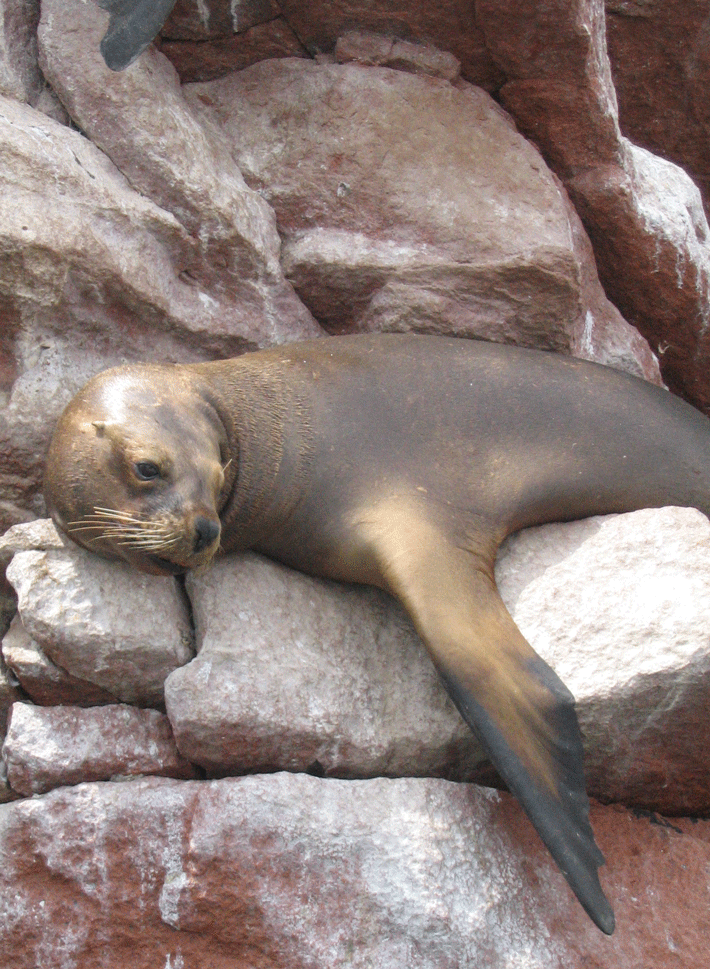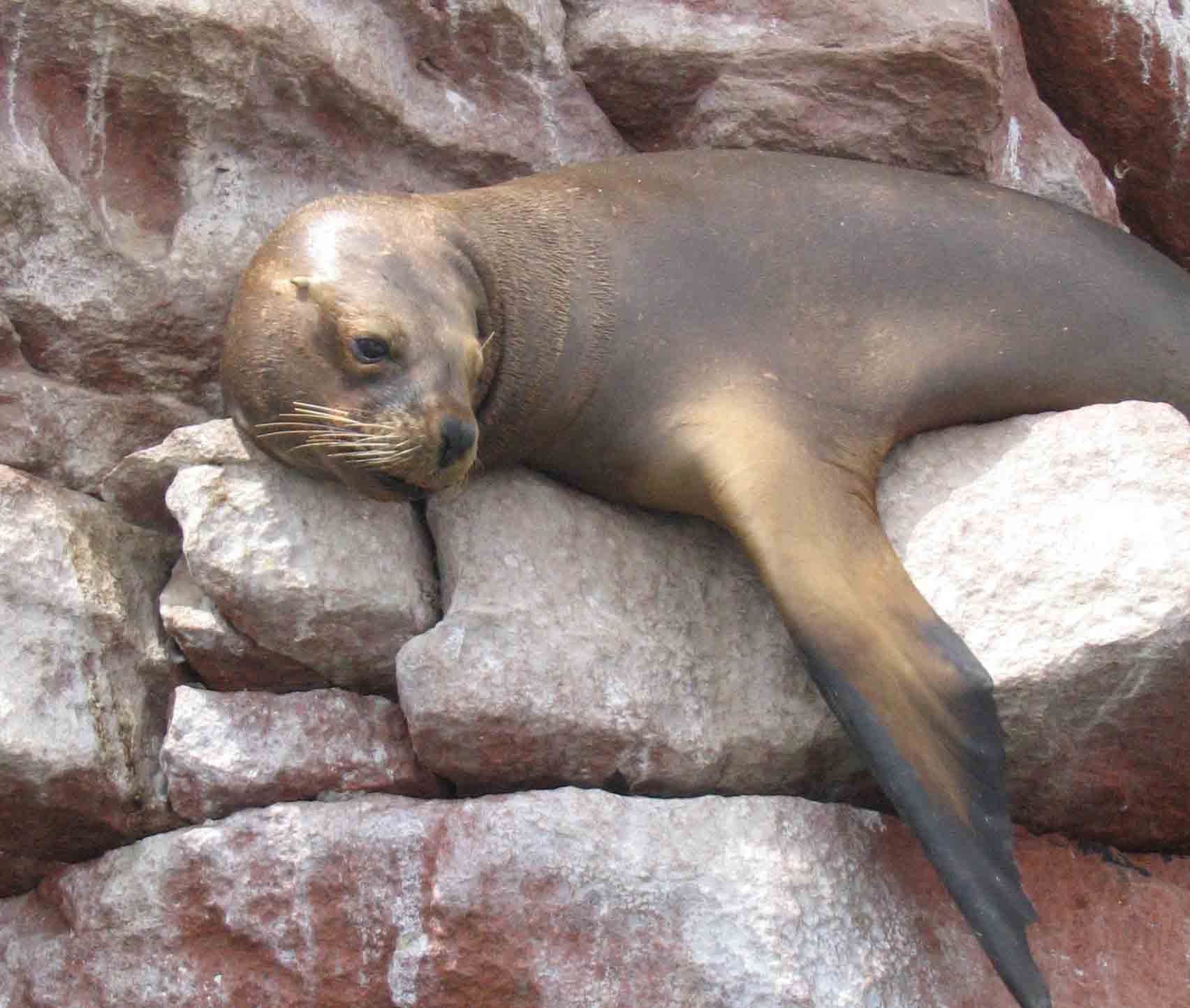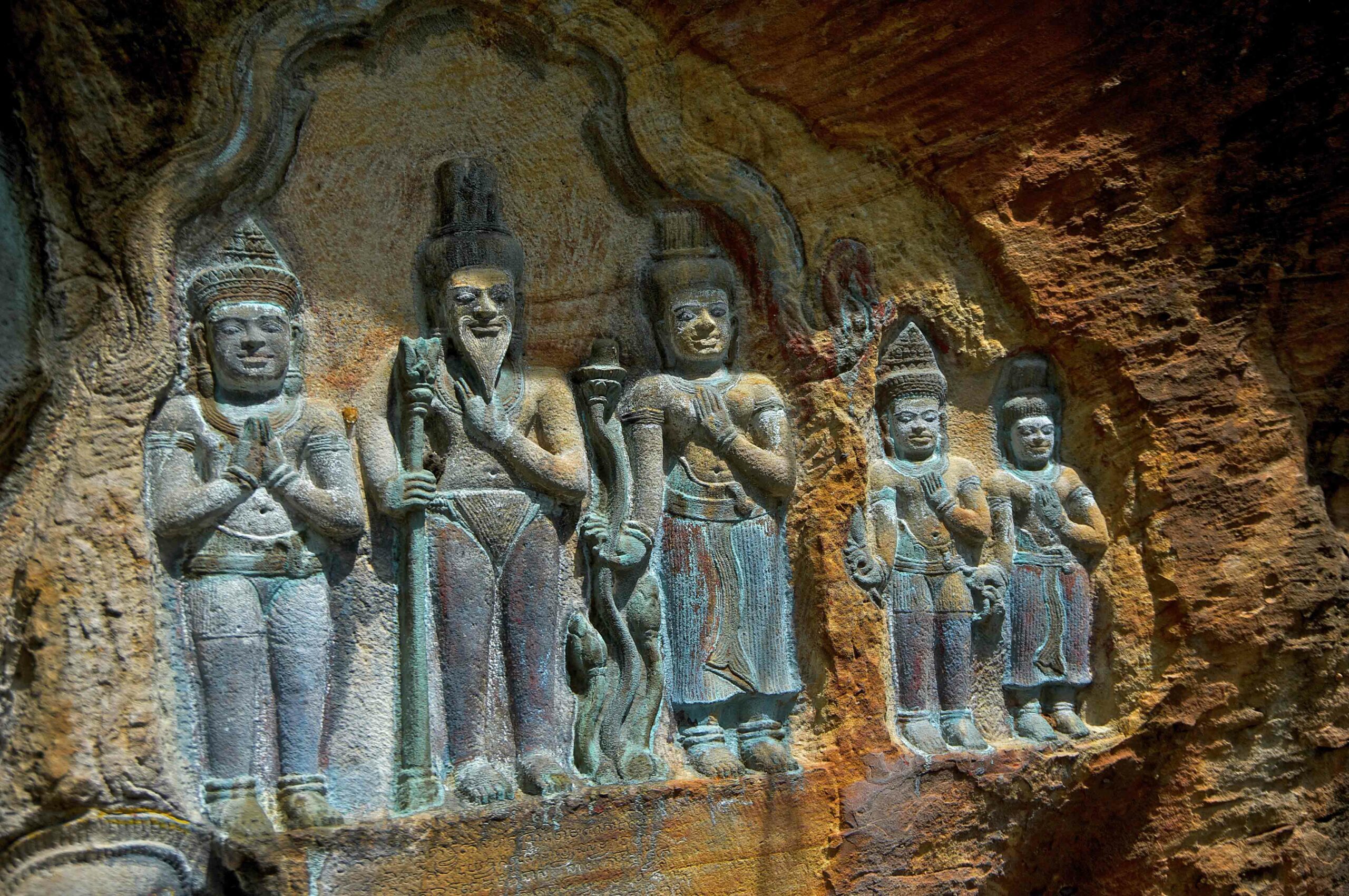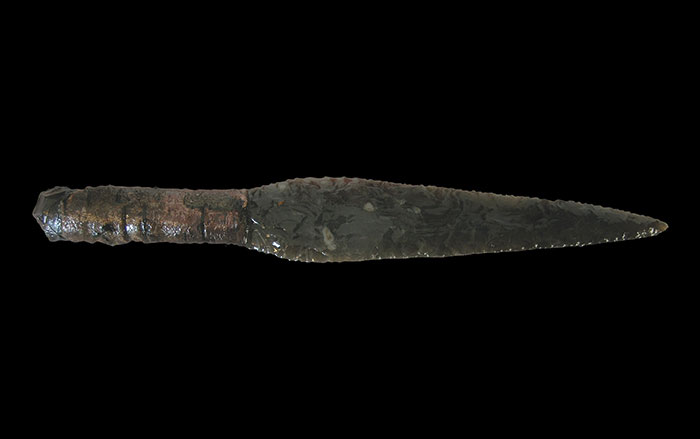
Tuberculosis (TB), a bacterial infection that kills more than a million people each year and sickens many more, has a short but complicated natural history involving humans, migration around the world, and animals that also carry the disease. Current strains of the bacterium that cause the disease in the Americas are closely related to European varieties, suggesting that TB, like other diseases, spread around the world as European powers took to the seas in the fifteenth and sixteenth centuries. What this does not explain, however, is archaeological evidence, such as lesions on ancient skeletons, that strongly indicates that TB was present in the Americas well before European contact. Researchers from Arizona State University and the University of Tübingen in Germany analyzed 68 skeletal samples in the Americas with TB-associated lesions and found three—from the Chiribaya culture in Peru, dating to around 1,000 years ago—that provided TB DNA that could be analyzed and compared to modern and ancient strains. They found that the ancient Peruvian TB bacterium was most akin not to any human strain, but to strains that infect pinnipeds—seals and sea lions. “The fact that the three ancient TB genomes were most closely related to pinniped strains was a huge surprise,” says Anne C. Stone of Arizona State University. Marine mammals, which ancient South Americans hunted for meat and fur, provide a plausible explanation for how the bacterium crossed the Atlantic before ships did. When the ships did arrive, the strains they carried swept through the Americas, replacing the seal-borne variety.










